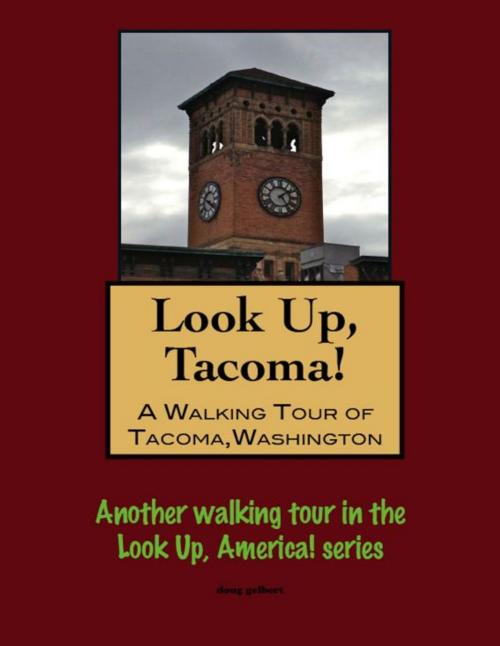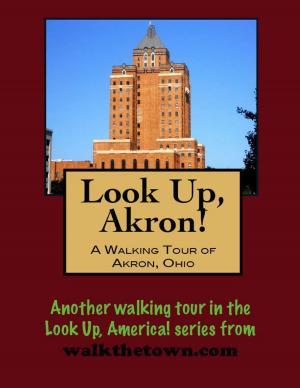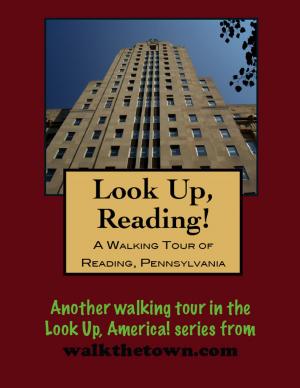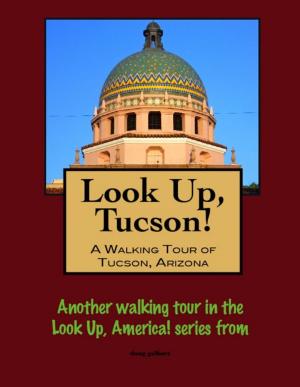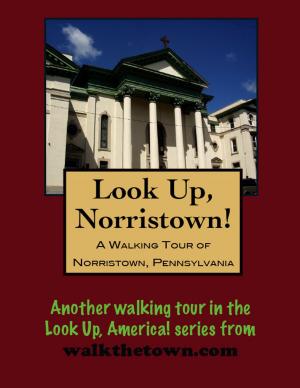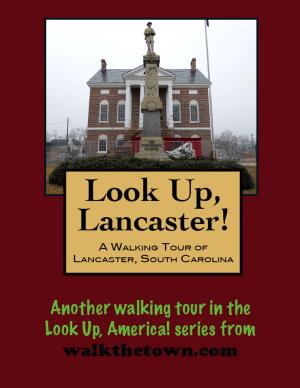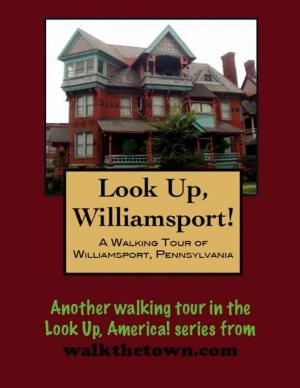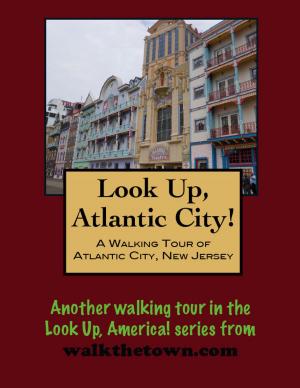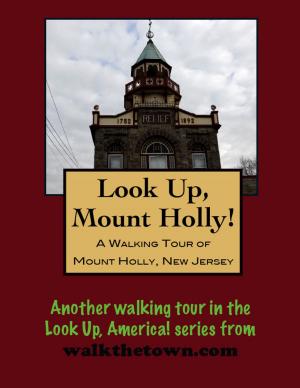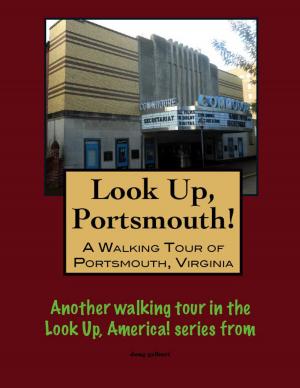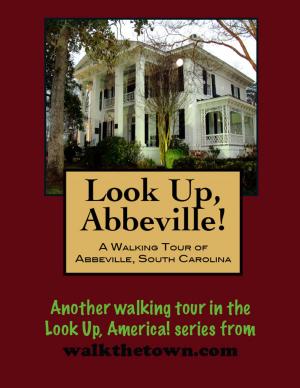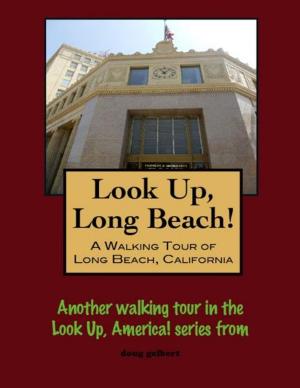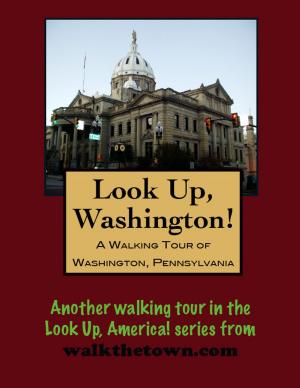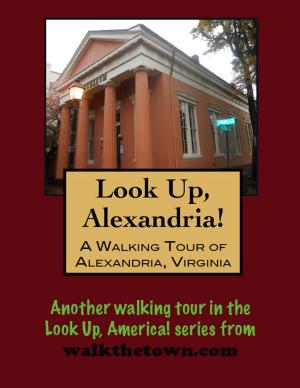Look Up, Tacoma! A Walking Tour of Tacoma, Washington
Nonfiction, Travel, Lodging & Restaurant Guides| Author: | Doug Gelbert | ISBN: | 9781301248100 |
| Publisher: | Doug Gelbert | Publication: | November 9, 2012 |
| Imprint: | Smashwords Edition | Language: | English |
| Author: | Doug Gelbert |
| ISBN: | 9781301248100 |
| Publisher: | Doug Gelbert |
| Publication: | November 9, 2012 |
| Imprint: | Smashwords Edition |
| Language: | English |
There is no better way to see America than on foot. And there is no better way to appreciate what you are looking at than with a walking tour. Whether you are preparing for a road trip or just out to look at your own town in a new way, a downloadable walking tour is ready to explore when you are.
Each walking tour describes historical and architectural landmarks and provides pictures to help out when those pesky street addresses are missing. Every tour also includes a quick primer on identifying architectural styles seen on American streets.
European-American settlement began on the shores of Commencement Bay in the 1850s with Swedish immigrant Nicolas De Lin’s sawmill providing what little industry the settlement enjoyed. Although blessed by a deep natural harbor, the 1870 the United States census counted only 78 people in Tacoma, which took its name from the Puyallup Indian name for the mountain (Mt. Rainier today) that loomed over the bay. Like many a 19th-century American frontier town Tacoma’s fate would be determined by the vagaries of the railroad.
In the 1870s Tacoma hit the jackpot - the western terminus of the Northern Pacific Railroad’s transcontinental railroad across the America’s northern tier was headed for Commencement Bay. Tacoma became known as the “City of Destiny” and the population between 1880 and 1890 increased from a few heads more than 1,000 to over 36,000. In 1888 alone more than 1,000 buildings were erected in town.
In every census since then the population of Tacoma has grown, to over 200,000, a statistic that belies the sometimes dodgy fortunes of the town. When gold was discovered in the Klondike in 1898 Tacoma lost its early rivalry with Seattle as the dominant city of Puget Sound. But there was enough growth to go around and Tacoma experienced its greatest building boom between 1902 and 1912 as its waterfront was lined with over a mile of wheat warehouses and the city port became one of the busiest on the West Coast. The Depression hit Tacoma harder than most and after the boost from war-related industries around World War II faded downtown Tacoma declined more rapidly than most similar mid-sized industrial cities. At its low point in the 1970s mayor Harold Moss famously described his city as looking “bombed out.”
But as its misfortunes may have been magnified compared to other towns so to has downtown Tacoma’s revival been more energetic. Our walking tour of the City of Destiny will dip back to see buildings from those original days of heady optimism and we will start above the town’s greatest natural asset, Commencement Bay...
There is no better way to see America than on foot. And there is no better way to appreciate what you are looking at than with a walking tour. Whether you are preparing for a road trip or just out to look at your own town in a new way, a downloadable walking tour is ready to explore when you are.
Each walking tour describes historical and architectural landmarks and provides pictures to help out when those pesky street addresses are missing. Every tour also includes a quick primer on identifying architectural styles seen on American streets.
European-American settlement began on the shores of Commencement Bay in the 1850s with Swedish immigrant Nicolas De Lin’s sawmill providing what little industry the settlement enjoyed. Although blessed by a deep natural harbor, the 1870 the United States census counted only 78 people in Tacoma, which took its name from the Puyallup Indian name for the mountain (Mt. Rainier today) that loomed over the bay. Like many a 19th-century American frontier town Tacoma’s fate would be determined by the vagaries of the railroad.
In the 1870s Tacoma hit the jackpot - the western terminus of the Northern Pacific Railroad’s transcontinental railroad across the America’s northern tier was headed for Commencement Bay. Tacoma became known as the “City of Destiny” and the population between 1880 and 1890 increased from a few heads more than 1,000 to over 36,000. In 1888 alone more than 1,000 buildings were erected in town.
In every census since then the population of Tacoma has grown, to over 200,000, a statistic that belies the sometimes dodgy fortunes of the town. When gold was discovered in the Klondike in 1898 Tacoma lost its early rivalry with Seattle as the dominant city of Puget Sound. But there was enough growth to go around and Tacoma experienced its greatest building boom between 1902 and 1912 as its waterfront was lined with over a mile of wheat warehouses and the city port became one of the busiest on the West Coast. The Depression hit Tacoma harder than most and after the boost from war-related industries around World War II faded downtown Tacoma declined more rapidly than most similar mid-sized industrial cities. At its low point in the 1970s mayor Harold Moss famously described his city as looking “bombed out.”
But as its misfortunes may have been magnified compared to other towns so to has downtown Tacoma’s revival been more energetic. Our walking tour of the City of Destiny will dip back to see buildings from those original days of heady optimism and we will start above the town’s greatest natural asset, Commencement Bay...
